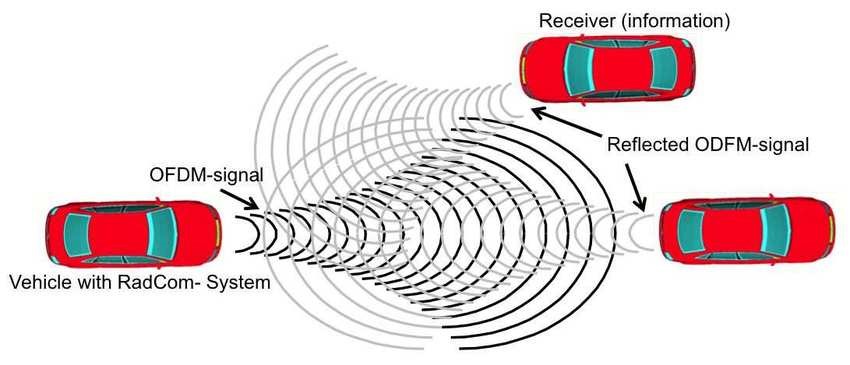Introduction
In the vast field of modern wireless communication systems, Joint Communication and Sensing (JCAS) systems are like smart buddies for devices. They help smartphones, cars, airplanes, robots and many other electronic equipped devices talk to each other and understand what’s going on around them. Two important team players in JCAS are Orthogonal Frequency Division Multiplexing (OFDM) and Orthogonal Time-Frequency Space (OTFS) modulation techniques – let’s dive into what they do.
OFDM: Sorting Data Efficiently
Imagine the air as a busy highway, and information is like cars trying to get to their destination. OFDM acts like a traffic manager, dividing the highway into lanes (we call them frequencies) so that lots of cars (data) can travel without crashing into each other. This way, devices can share information without causing chaos – it’s like organized data traffic.
OTFS: Navigating Changing Environments
Now, let’s talk about OTFS. It’s a bit like a super-smart GPS for signals. In a world where things can change quickly, OTFS helps signals find their way through different conditions. It’s like having a guide that helps your device stay connected even when things get a bit tricky – a reliable navigation system for signals.
How JCAS, OFDM, and OTFS Work Together
JCAS with OFDM and OTFS is like having smart helpers for devices, making sure they can talk and understand their surroundings easily. It’s all about organized data traffic and a reliable guide for signals, working together to keep our tech world, going towards sixth generation (6G) running smoothly. The typical operating frequencies of such systems are increasing to mmWave bands, i.e. to frequencies whose wavelengths are in the order of millimeters. You can imagine the precision of such systems are comparable to those wavelengths.
In a nutshell, a communicating device transmits an OFDM or OTFS modulated signal, which travels through the air, and whose journey can be a bit bumpy. Channel estimation is like the radar system figuring out the bumps in the road – understanding how the signals change as they travel. Once the radar has a good estimate of the channel, it can use this information to “equalize” the signals. In this phase, the communication signal is used as a radar device.
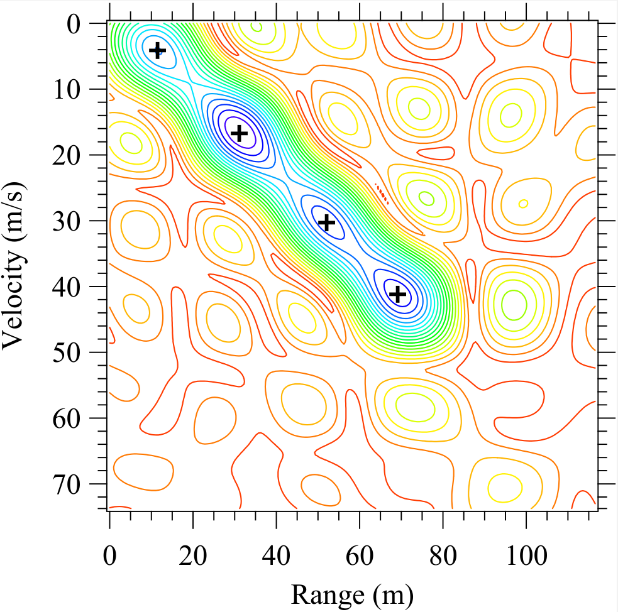
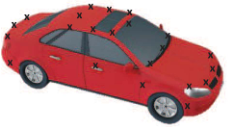
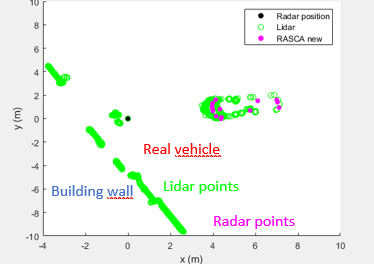
Equalization is like having a correction tool. If the radar knows how the signals got a bit distorted on their journey, equalization helps to straighten them out. This is crucial because it allows both trasmitting and receiving device to get a clear picture of what’s out there. It’s similar to fixing a blurry image – channel estimation and equalization work together to make sure the radar sees things clearly and can extract useful data.
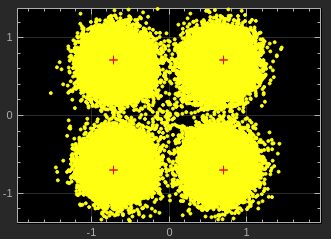
In summary, a JCAS system based on OFDM or OTFS sends out organized signals, analyzes the echoes, estimates how the signals change in the air, and then uses equalization to correct any distortions. This process helps the radar and, possibly, any other receiver provide accurate and reliable information about the surroundings.
Open positions
Open positions about this topic, if any, are listed in the Open Positions page.
Publications
- M. Mirabella, P. Di Viesti, A. Davoli and G. M. Vitetta, ”An Approximate Maximum Likelihood Method for the Joint Estimation of Range and Doppler of Multiple Targets in OFDM‑Based Radar Systems,” in IEEE Transactions on Communications, doi: 10.1109/TCOMM.2023.3280562.
- M. Mirabella, P. Di Viesti, A. Davoli and G. M. Vitetta, ”Deterministic Signal Processing Techniques for OFDM‑based Radar Sensing: An Overview,” in IEEE Access, doi: 10.1109/ACCESS.2023.3292937.
- M. Mirabella, P. D. Viesti and G. M. Vitetta, ”Deterministic Algorithms for Four‑Dimensional Imaging in Colocated MIMO OFDM‑based Radar Systems,” in IEEE Open Journal of the Communications Society, doi: 10.1109/OJCOMS.2023.3292796.

